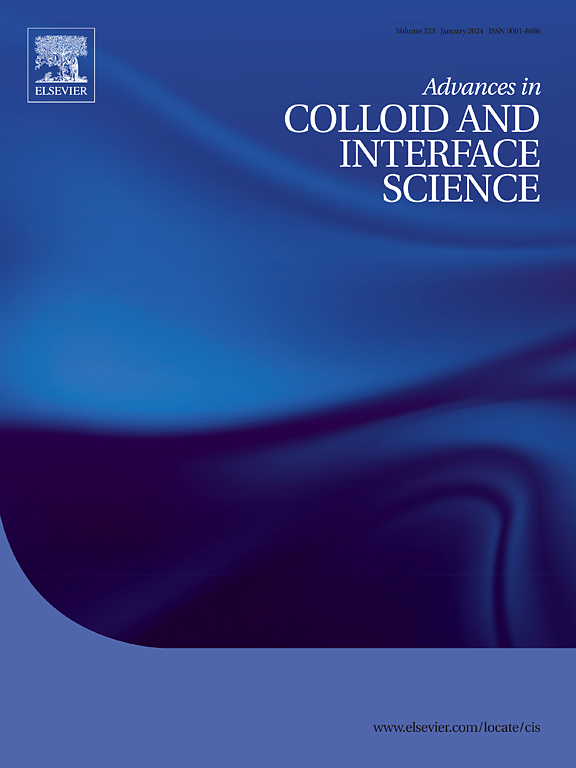Advanced carbon-based nanomaterials: Application in the development of multifunctional next-generation food packaging materials
IF 15.9
1区 化学
Q1 CHEMISTRY, PHYSICAL
引用次数: 0
Abstract
Background
Carbon-based nanomaterials (CNMs) hold great promise for food packaging applications due to their ability to improve barrier properties, mechanical strength, sensing capabilities, and resistance to environmental factors. CNMs, such as graphene and carbon nanotubes, can also be used as preservatives to extend the shelf life of food products by preventing spoilage and maintaining freshness. Additionally, their ability to respond to changes in environmental conditions means they can be used as sensors to provide information about food quality, freshness, or safety.
Scope and approach
This article reviews the properties of CNMs, their impact on packaging film properties, their utilization in smart and active food packaging systems in the food sector, and their potential safety concerns.
Key findings and conclusions
These innovative nanomaterials offer a range of unique properties that can enhance the safety, shelf-life, quality, and sustainability of packaged food products. However, CNMs have their own set of challenges that need to be addressed, including their functional performance and safety assessment. Collaborations among material scientists, food technologists, and regulatory bodies are required to drive the development of safe and effective CNM-based food packaging solutions.

求助全文
约1分钟内获得全文
求助全文
来源期刊
CiteScore
28.50
自引率
2.60%
发文量
175
审稿时长
31 days
期刊介绍:
"Advances in Colloid and Interface Science" is an international journal that focuses on experimental and theoretical developments in interfacial and colloidal phenomena. The journal covers a wide range of disciplines including biology, chemistry, physics, and technology.
The journal accepts review articles on any topic within the scope of colloid and interface science. These articles should provide an in-depth analysis of the subject matter, offering a critical review of the current state of the field. The author's informed opinion on the topic should also be included. The manuscript should compare and contrast ideas found in the reviewed literature and address the limitations of these ideas.
Typically, the articles published in this journal are written by recognized experts in the field.

 求助内容:
求助内容: 应助结果提醒方式:
应助结果提醒方式:


